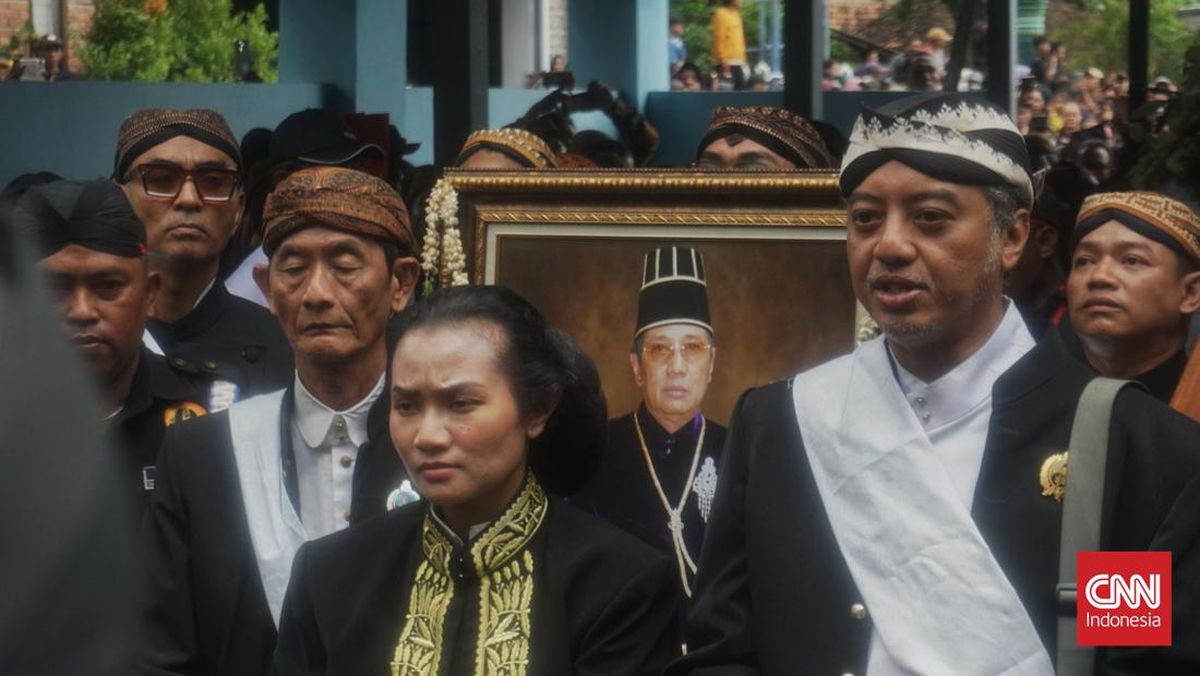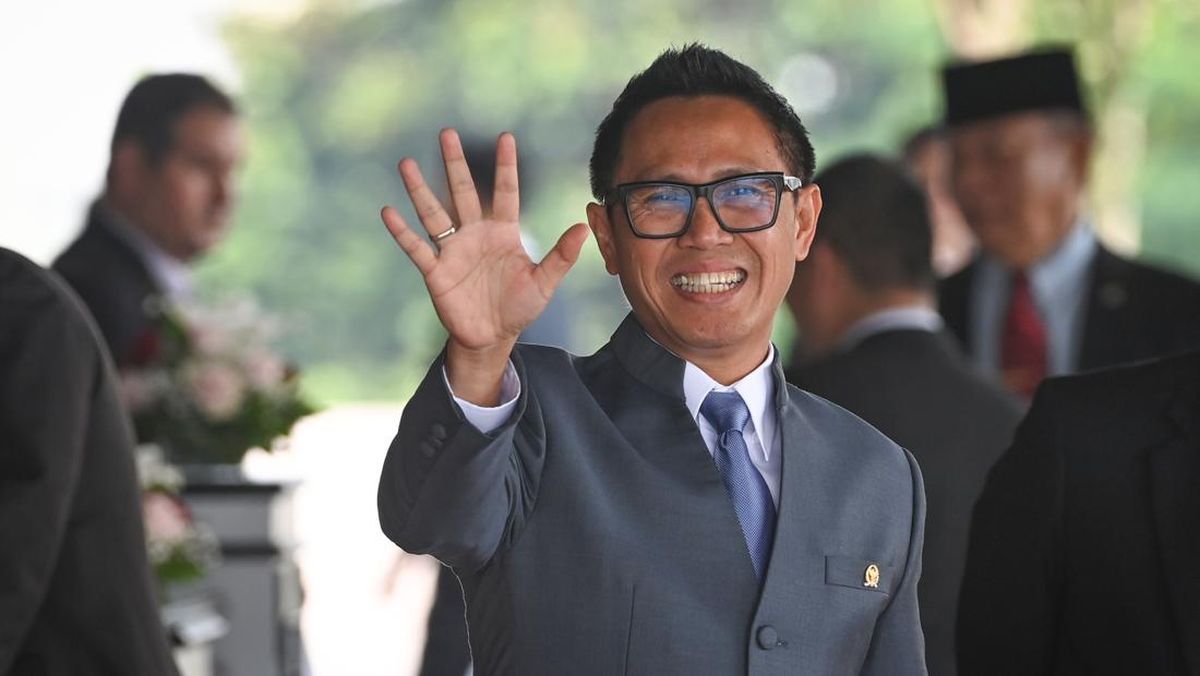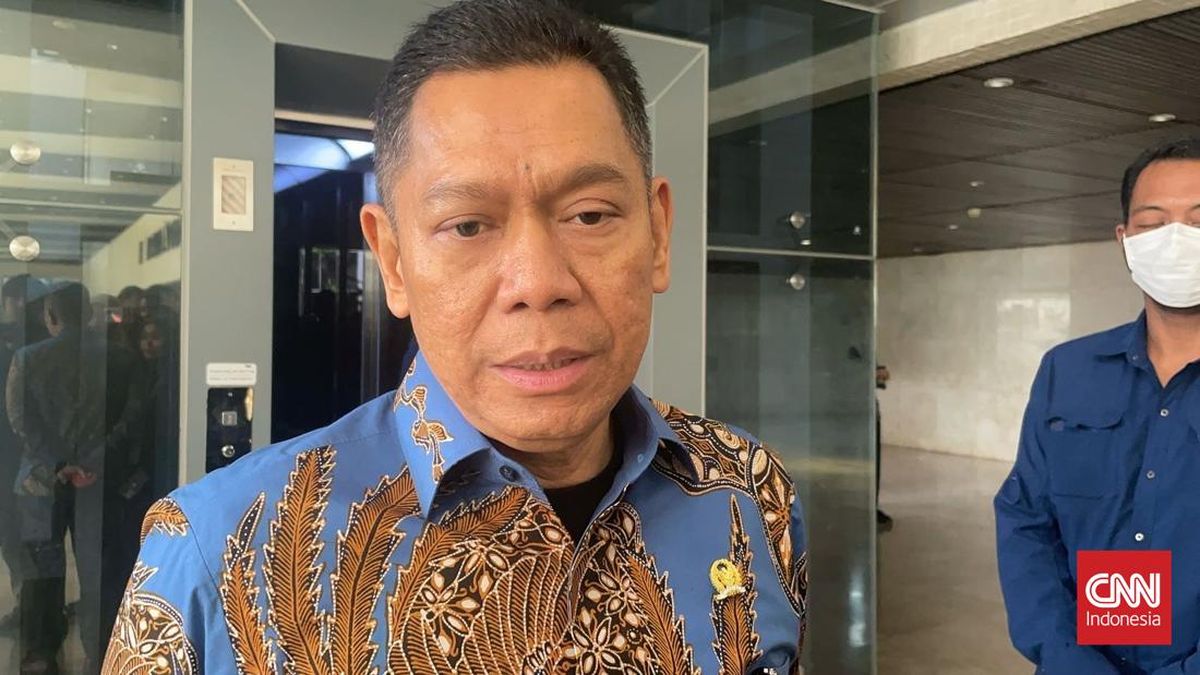Treading a perilous line between science and shamanism
We’re sorry, this feature is currently unavailable. We’re working to restore it. Please try again later.
FILM
Edge of Life ★★
113 minutes (M)
One of the interviewees we meet early in Edge of Life declares himself allergic to “woo-woo”. If you share that allergy, it’s probably best to stay clear of this locally made documentary, which promotes the medical use of psychedelics in a largely uncritical way – not just as a treatment for conditions such as anxiety and depression, but as a tool for spiritual transformation and for overcoming the fear of death.
It’s too bad director Lynette Wallworth doesn’t keep a little more distance because the subject-matter is fascinating. We start out in Melbourne’s St Vincent’s Hospital, where two doctors, Justin Dwyer and Marg Ross – respectively a psychiatrist and a clinical psychologist – are studying the use of psilocybin in palliative care.
Most of this takes place offscreen: Wallworth had permission to film only a couple of the 35 patients involved in the study, all of whom were faced with the stark question of how to carry on living in the certain knowledge death isn’t far off.

Director Lynette Wallworth with Tashka Yawanawa.
These patients are identified only by their first names: one of them, Flavia, was diagnosed with terminal cancer in her thirties, having picked up the first signs while travelling in Mozambique (her husband Chris also has a significant role).
The other is the much older Ros, also diagnosed with cancer, who relies on her Christian faith to sustain her but is anxious about the effect her death will have on her family, her adult children above all.
However you feel about psychedelics, it’s hard to imagine anyone watching these portions of the film without feeling a range of strong emotions – which might reasonably include unease about the camera’s presence at certain moments, such as when we see Ros absorb some bad news over the phone in real time.
But Edge of Life winds up being centred more on the doctors, especially the soft-spoken but resolutely rational Dwyer, who ultimately decides he can’t fully understand what he’s offering his patients unless he embarks on a psychedelic journey of his own.
So he and Ross head for the Amazon jungle, where they’re guided through an ayahuasca experience by a shaman from the Yawanawa tribe. Dwyer emerges shaken and doubting his previous scientific convictions, including the certainty consciousness dies when the body does.
The trouble is there’s no way for the film to portray this experience directly or even come close, whatever efforts are made to get the idea across with animation, slow motion, shots of the sky or the ocean, and techniques of 3D visualisation that borrow from Wallworth’s previous work with virtual reality.
All of this is intended to steer us toward the perspective of the true believer (as is Antony Partos’ New Agey music). But even if you’re willing to make the leap of faith, none of it is as effective as the footage of Dwyer - usually the one patiently explaining things to others - admitting in the aftermath of his trip that he has no words for what happened.
Reviewed by Jake Wilson
In cinemas November 13
Most Viewed in Culture
Loading


















































